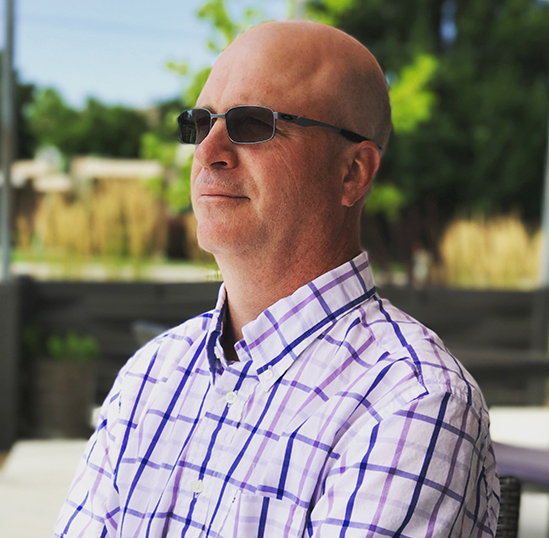Great care in patients' most comfortable place: St. Luke's launches Hospital at Home

When he was admitted to the emergency department at St. Luke’s Nampa in November, Ronald Moser was not just worried about himself.
But a new program helped ease those concerns.
Moser was admitted with pneumonia, but he also had his wife on his mind, as she was at home on hospice.
“The doctor said I qualified for in-home hospital care through a new program they had going,” Moser said.
Moser was then introduced to Hospital at Home.
The aim is to provide hospital-level care in patients’ homes through care coordination among medical professionals and virtual nursing and physician support. St. Luke’s is the first health care system in Idaho to offer the program, the 40th in the country.

Moser was one of St. Luke’s first patients to participate in the program and he was thankful that he had the option.
“In my situation, my wife’s on hospice … so I didn’t have to worry about somebody else staying with her while I was in the hospital,” Moser said.
Moser’s Hospital at Home care included morning visits with clinicians, who created that day’s care plan. Nurses checked vitals and provided needed medications. Meals, overseen by St. Luke’s, were provided. A physician was able to monitor Moser both virtually and via in-home visit.
“I believe I had the same care I would have gotten in the hospital,” Moser said. “There were paramedics, nurses, a doctor. The whole works.”
Moser, 81, said he appreciated not only being under the same roof as his wife, but also being in surroundings that are comfortable to him.
“I was able to be in my own bed,” he said. “I also got to watch the programs that I wanted to watch and have the run of the place. I was able to stay home and everybody came to me, so that was nice.”
Being in a home setting had another advantage for Moser: It made it more personal.
Moser is an accomplished woodturner — and he enjoyed showing St. Luke’s personnel his tools and projects. As such, a physical therapy program was created around his woodworking efforts, keeping him engaged, with a bonus that Moser said visitors were “impressed.”
Dr. Adam Balinger, Hospital at Home medical director, said Moser’s hobby is an example of how the program can help doctors provide more personal care.
“I am seeing patients in a whole different light,” Dr. Balinger said. “I can see families and their home environment, all of which inform their care and help them heal.”
The program can improve patient experiences, reduce costs associated with care and produce quality outcomes that are better or no different than traditional brick-and-mortar facilities.
St. Luke’s hopes to reach an average daily census of 25 patients by the end of the program’s first year.
Moser, for one, is convinced the program will continue to provide success stories.
“It was beneficial to me,” he said. “It was just more enjoyable to be in my own home.”
About The Author

Chris Langrill is a writer and copy editor for the St. Luke’s Communications and Marketing department.

